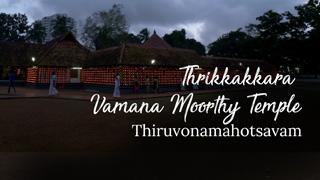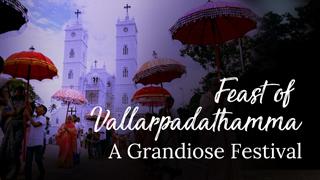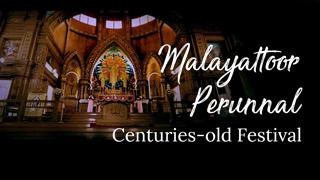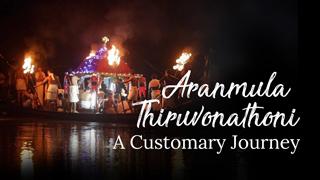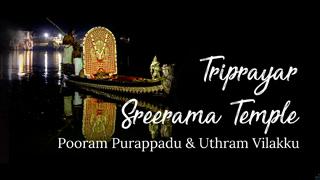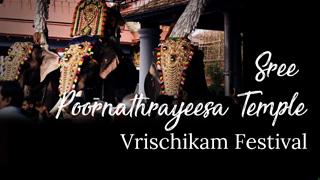Making of Padayani Kolams
Padayani is a popular ritual art prevalent in the Bhadrakali temples of Central Kerala. Kolams are an important part of Padayani art. The participants wear masks made of green spathes of the areca nut tree and Kuruthola, the tender coconut leaves.
The green portion of the spathes is cut into different sizes and shapes to form the face and headgear of different forms of the Kolams. These pieces are then ornamented using natural colours like red, yellow and black.
Kolam Thullal (dance of the effigies) is a spectacle to watch. The Padayani Kolams make rhythmic steps in tune with the Thappu Melam. There are different types of Kolam such as Bhairavi, Ganapathy, Marutha, Yakshi, Oakshu, Kaalan etc.
Where to Watch
Kadammanitta Bhagavathy Temple
Palli Bhagavathy Temple at Neelamperoor
Kottangal Sree Mahabhadrakali Temple
Thiruvonamahotsavam at Thrikkakkara Vamana Moorthy Temple
The temple is considered the epicentre of Onam celebrations across Kerala.
Feast of Vallarpadathamma
Annually the church witnesses the participation of a large number of people from around the globe.
Malayattoor Perunnal
Thousands of devotees immersed in prayers carrying wooden crosses of different sizes and ambling up a hill; a whole village getting decked up and readying itself to welcome these pilgrims.
Aranmula Thiruvonathoni
Once a year, the River Pamba gets enlivened as an elaborately decorated snake boat glides across its placid waters bearing the provisions for a grand feast
Triprayar Pooram Purappadu & Uthram Vilakku
Pooram Purappadu, Uthram Vilakku and Vrischika Ekadasi are the popular festivals
Vrischikam Festival at Sree Poornathrayeesa Temple
Discover the thrills & chills of festivities here!
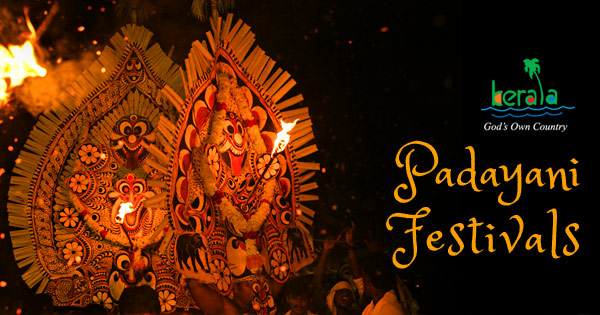
Kottangal Padayani
Details of the Kottangal Padayani festival celebrated in Kottangal Sree Mahabhadrakali Temple in Pathanamthitta, The festival celebrated here as Ettupadayani usually falls in the month of January - February.

What is Padayani? Why it is a ritual art form
Padayani is a ritual theatre art form related to the Goddess temples in the Central Travancore regions of Kerala. Performed at night in the temple premises, the rituals of Padayani are a symbolic act for pleasing the Goddess Bhadrakali whose fury remains unabated even after her victory over the mythical demon, Darikan.

